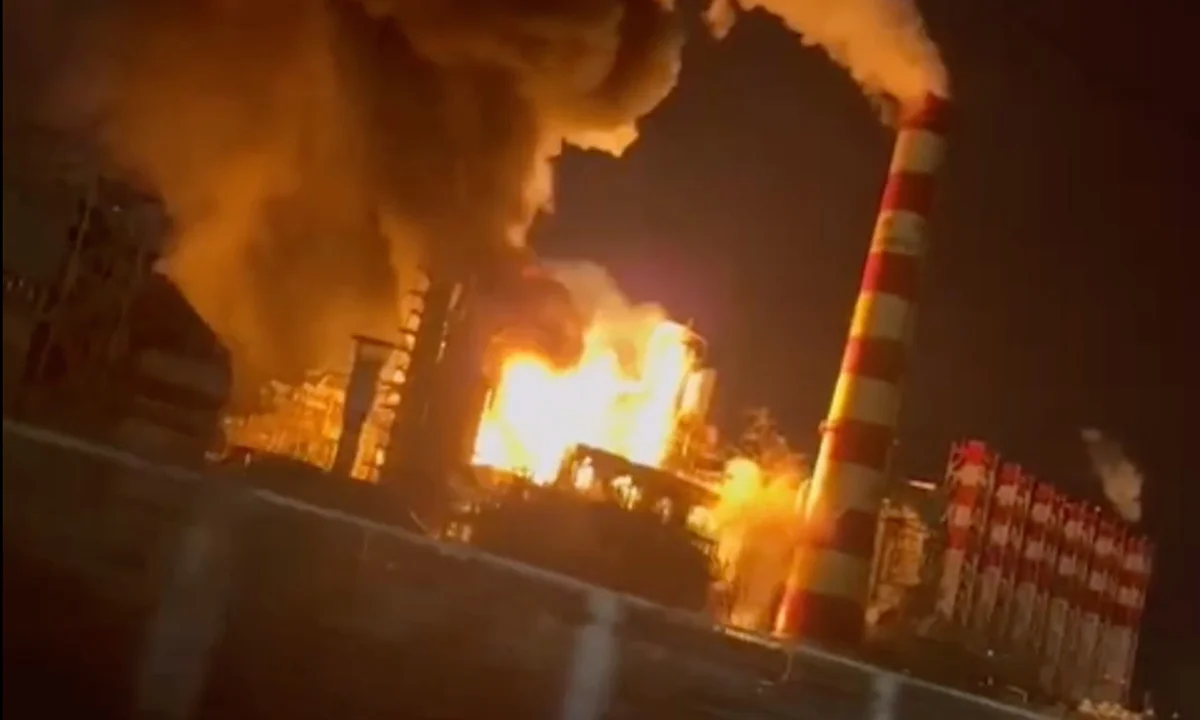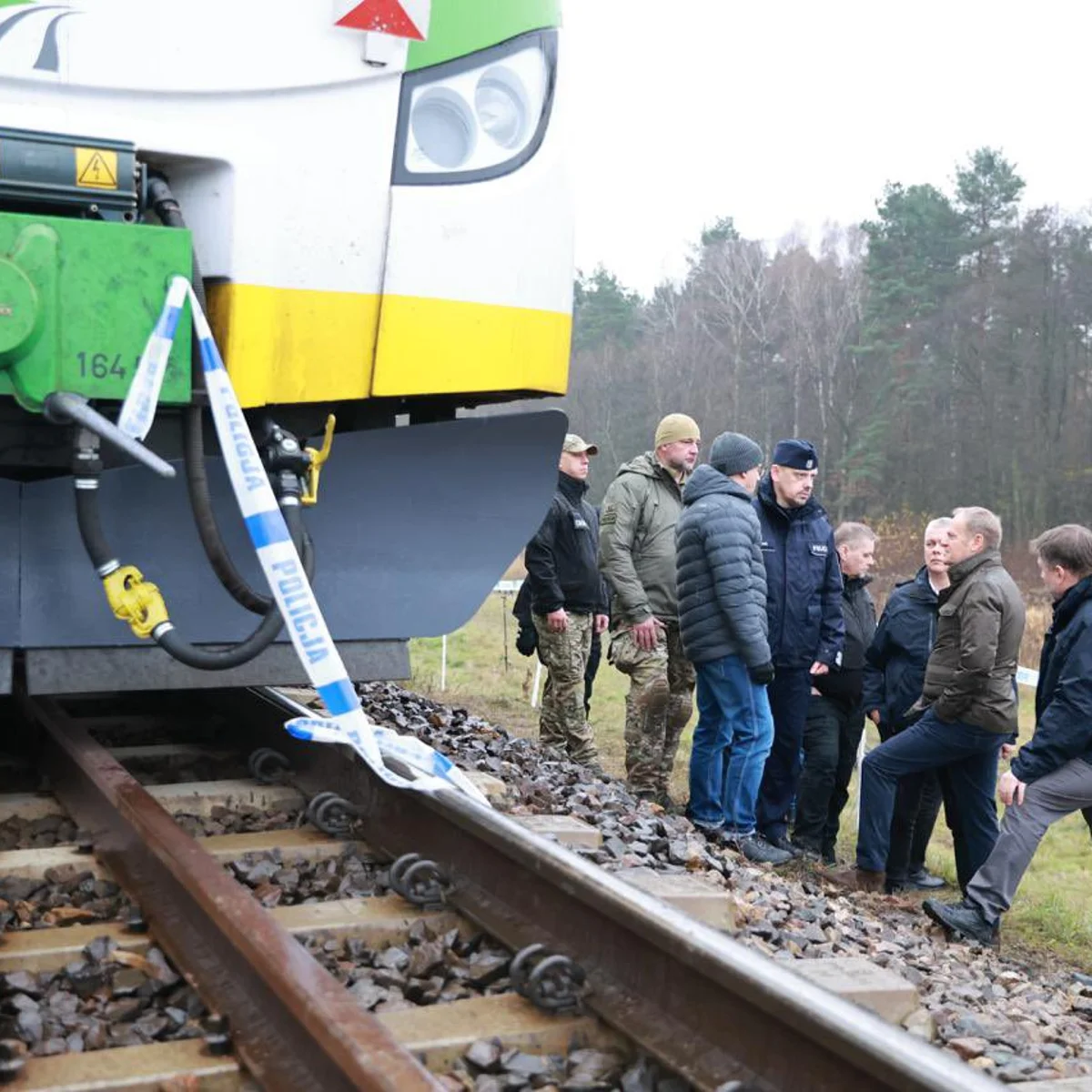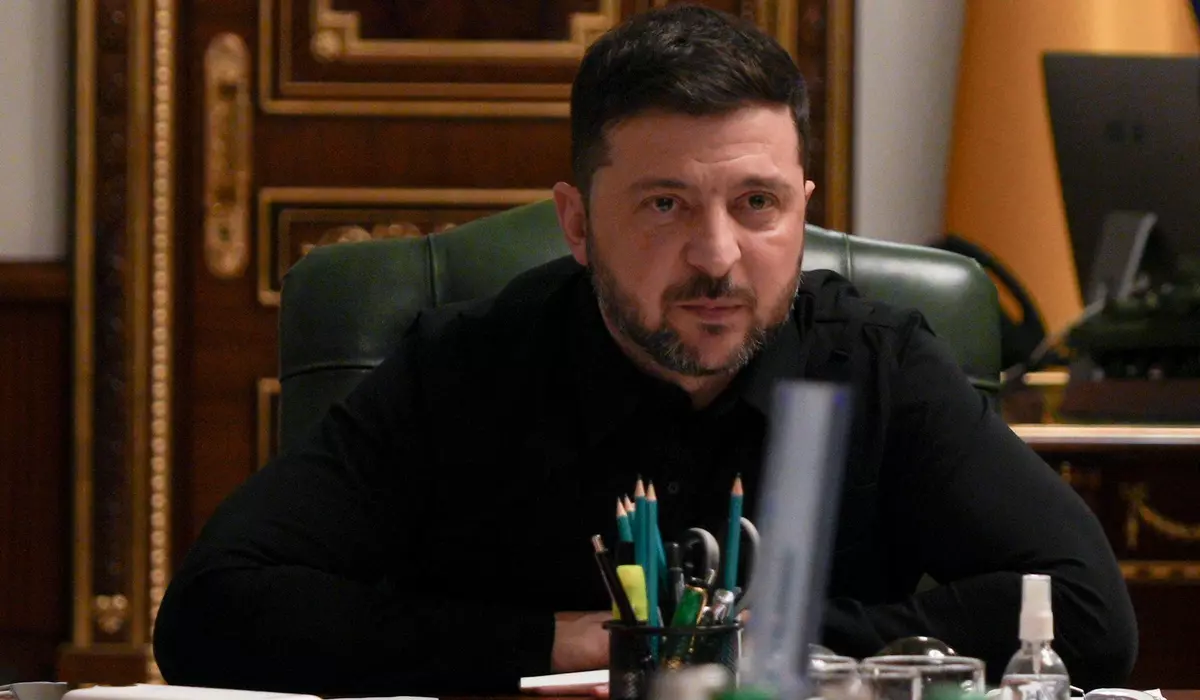In a striking escalation of economic and tactical operations, Ukrainian forces launched a coordinated drone attack against Russia’s key Black Sea port of Novorossiysk. The early morning strike caused extensive damage to oil handling infrastructure, a docked ship, and nearby residential buildings, prompting the suspension of oil exports and raising concerns about regional security and global energy markets.
Details of the Attack
According to local authorities and eyewitness reports, unmanned aerial vehicles targeted multiple locations within the port complex. A docked vessel sustained direct damage, resulting in three crew members being injured. In addition, residential buildings near the port suffered shattered windows and structural damage due to debris, while an oil depot within the trans-shipment complex caught fire. Emergency services were dispatched promptly to contain the blaze and assist residents affected by the attack.
The Ukrainian operation demonstrates growing sophistication in the use of drones for strategic strikes. Analysts note that the drones were able to penetrate defenses that are designed to protect critical maritime infrastructure, signaling an expansion of Ukraine’s operational capabilities beyond front-line combat zones.
Strategic Importance of Novorossiysk
Novorossiysk serves as one of Russia’s most important export gateways for crude oil and petroleum products. Millions of tonnes of oil pass through its facilities annually, making it a vital node in Russia’s energy supply chain. The disruption caused by this attack not only affects Russian exports but also introduces volatility into global oil markets, as traders and buyers respond to the sudden uncertainty regarding the continuity of supply.
The suspension of oil exports from Novorossiysk, even if temporary, could have ripple effects on pricing, insurance costs, and shipping schedules worldwide. Energy analysts have already indicated that any prolonged interruption could increase premiums for tanker insurance and create logistical bottlenecks for Russian crude buyers.
Implications for Russia
The attack exposes vulnerabilities in Russia’s domestic logistics and energy infrastructure. Maintaining secure export routes is critical for financing the war effort, and repeated strikes on ports like Novorossiysk could force Moscow to allocate additional resources toward protecting maritime assets. The strike also raises questions about the effectiveness of existing air-defense measures around strategic port facilities and may compel a reassessment of defense priorities.
Human and Civilian Impact
While the primary target was industrial, the collateral damage to civilian areas underscores the human cost of the conflict. Residents in the surrounding neighborhoods were awakened by explosions, with property damaged and emergency crews stretched to respond. The incident highlights the blurred line between military and civilian spaces in modern conflict zones, particularly in regions where key industrial facilities are located near population centers.
The injured ship crew further illustrates the human risks inherent in operations targeting logistical and industrial infrastructure. Maritime safety and the protection of personnel remain a critical concern in ongoing hostilities.
Global Energy and Market Repercussions
International observers have noted that strikes on energy infrastructure are particularly consequential given the interconnected nature of global oil markets. Disruptions at Novorossiysk may temporarily reduce Russian oil shipments to international buyers, prompting shifts in sourcing and transport arrangements. Market participants have responded with caution, reflecting heightened risk perceptions regarding shipping through the Black Sea.
This incident also highlights the potential for asymmetric tactics to influence global economics. By striking infrastructure rather than engaging in conventional battles, Ukraine can impose strategic pressure on Russia’s economy and war effort without necessarily escalating ground-level confrontations.
Potential Diplomatic and Security Responses
The Novorossiysk strike may trigger a range of responses:
- Russia may bolster security at other key ports and critical infrastructure sites, increasing military presence and deploying more advanced surveillance and defense systems.
- Neighboring countries and international shipping agencies may consider enhanced protective measures for commercial vessels, including convoy systems, rerouted shipping lanes, and coordination with naval forces.
- Diplomatic channels could be engaged to assess maritime security risks, protect commercial shipping, and prevent further escalation in the Black Sea region.
Broader Implications for the Conflict
The operation demonstrates that Ukraine is expanding its operational reach, targeting not only military assets but also economic nodes that sustain Russia’s war capabilities. This approach emphasizes the integration of strategic and economic warfare, where strikes against critical infrastructure can weaken financial resources and disrupt logistics.
For Russia, the attack signals the need for comprehensive defensive measures to protect vital maritime trade routes and prevent further interruptions. For Ukraine, it represents an effective demonstration of asymmetric capability, showing that strategic precision strikes can achieve economic and psychological impact.
Conclusion
The drone strike at Novorossiysk represents a significant escalation in the ongoing conflict between Ukraine and Russia. It underscores the vulnerability of strategic energy infrastructure, the human and economic costs of modern warfare, and the increasing importance of maritime security in regional stability. As global markets, governments, and energy companies assess the repercussions, the incident serves as a stark reminder of how conflicts in one region can have far-reaching consequences across industries and borders.
The coming days will reveal whether the port resumes operations quickly, how Russia adjusts its defenses, and how the conflict continues to evolve in the economic and industrial domains of warfare.
















Leave a Reply